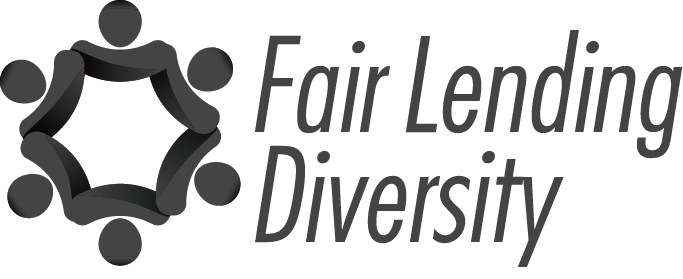Part One-Where Does The Money Come From?
As a compliance professional, you have to be the Jack or Jill of all trades in order to understand how policy and strategy can be monitored and developed. If you come from a legal background, you may have never been exposed to the often-complex world of pricing. In fact, even just the basic mortgage jargon can take a year or so to adjust to! Yet, pricing can be your biggest Achilles heel if you do not understand how it works!
I’m approached frequently by compliance folks who ask me to help them understand pricing terminology and concepts. It truly is another language and one that is not easily grasped. Yet, the consequences for not understanding the language and concepts can be dire to your exam results.
For Instance:
- If you let secondary folks tell your company pricing story, then you have elevated your risk considerably. Secondary people are not used to talking to examiners, so they may not be able to paint your pricing picture in a way that the examiner can or should understand it.
- You write policy, modify policy and monitor policy all day long. However, if you do not understand how well your pricing policy reflects the actual practices of your pricing team, you will likely have a disconnect. It has been my experience that for the majority of companies, their pricing policy does not equal their pricing engine configuration or practices.
- The Bottom Line is that you have to understand how your company makes money, and how those practices may affect things like Fair Lending.
The Basics-Where Does The Profit Come From?
Every business must make a profit or they do not have a business! If there is no business then there are no jobs. The first concept I teach to compliance folks is to understand where their company income is coming from? So the first question I ask is “how does your company make money?”. If I get silence, crickets chirping or “I have no idea” then I know that is where we need to start.
I’m keeping the basics of this simple so that you can build on your knowledge from here. Please understand that
there are many variations and complexities within each of these scenarios.
Where Does The Money to Lend Come From?
Warehouse Lines
Mortgage Bankers do not manufacture money because they are not a depository. They don’t have people who open up checking accounts, savings accounts or CD’s and make deposits to them. Their business model is to set up a warehouse line that they can use to fund their mortgage closings from. This warehouse line comes from a bank and works like a credit line. The mortgage banker funds a mortgage loan, the investor buys the loan after closing, and the warehouse line is paid back upon that funding so that the next mortgage loan can be funded. This can occur hundreds of time per day!
Financial Institutions
If you are a financial institution that accepts depositor funds, like a bank, then you may have varying models. One option is that you use the funds of your depositors and offer mortgages or other loans to consumers or other institutions. When those loans are paid back, they produce a profit in the form of interest to the bank. An example is the bank pays the depositors 1% on their deposits and the interest they collect on the mortgage is 4%, which leaves them a 3% income stream.
Another option exercised by banks is to borrower money from the Federal Reserve. If you have ever heard of an index called “the cost of funds” this is the rate that financial institutions can borrower money. Banks can borrower at that rate and offer money to consumers or other entities at a higher rate to make interest on the difference between the “cost of funds” and the “interest rate” charged to the borrower.
Banks may also use both of these models. For instance, banks like Citi, Chase, Wells Fargo and Bank of America use all of these models and more to make a profit.
Secondary Markets
There are many secondary market players, but what does that mean? Secondary markets are the money people. They choose not to deal with the consumer directly, but they do want to make money from the transaction and are willing to take the risk of the consumer paying them back. Primary Market people want to work directly with the consumer, but generally, do not want to take the risk associated with the consumer paying them back. Examples of secondary marketing players are GSE’s (Government-Sponsored Enterprises) like Fannie Mae and Freddie Mac, or Pension Funds, Insurance Companies and many others. Some lenders, like the big banks, are both Primary and Secondary Market players. It’s a complex world when you are trading loans, yet for the purposes of monitoring compliance, the essentials that I just discussed are the most important for you to understand. Ask your secondary marketing team how your company makes money.
In my next posting, we start to dig a little deeper into how profit is made in your company by discussing Margins. Understanding the varying margins within your company is extremely important to detect any type of pricing disparity to a consumer, so stay tuned!








